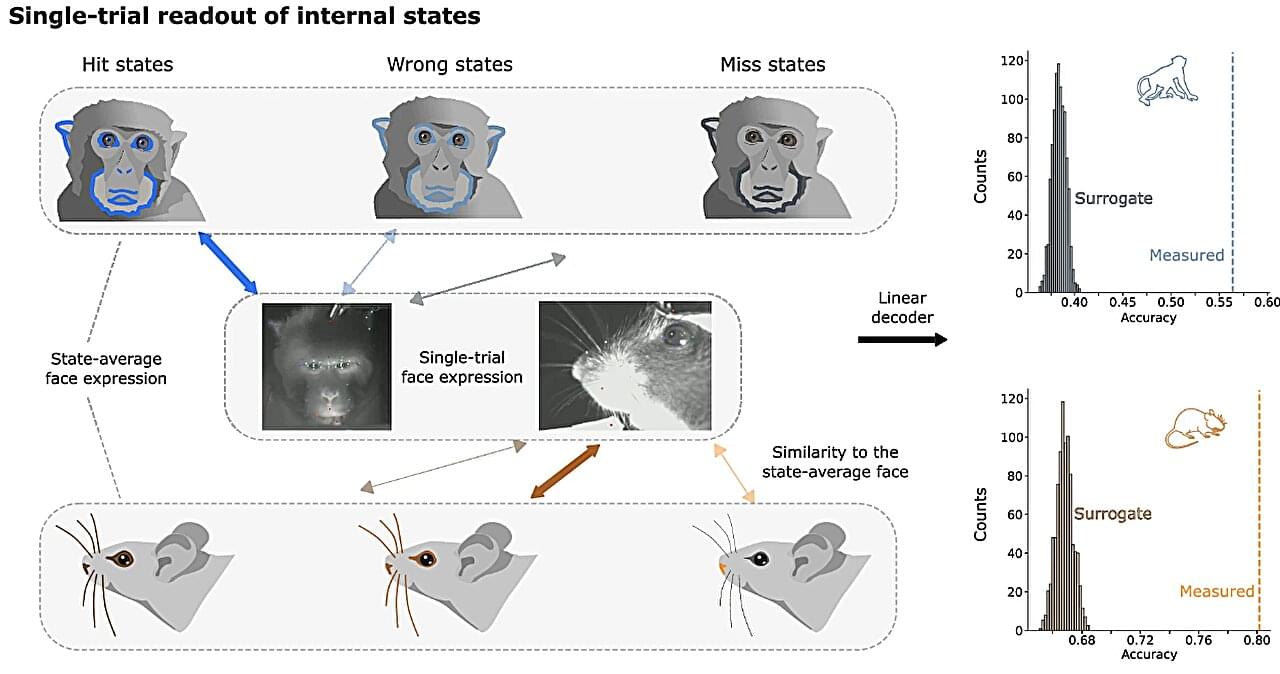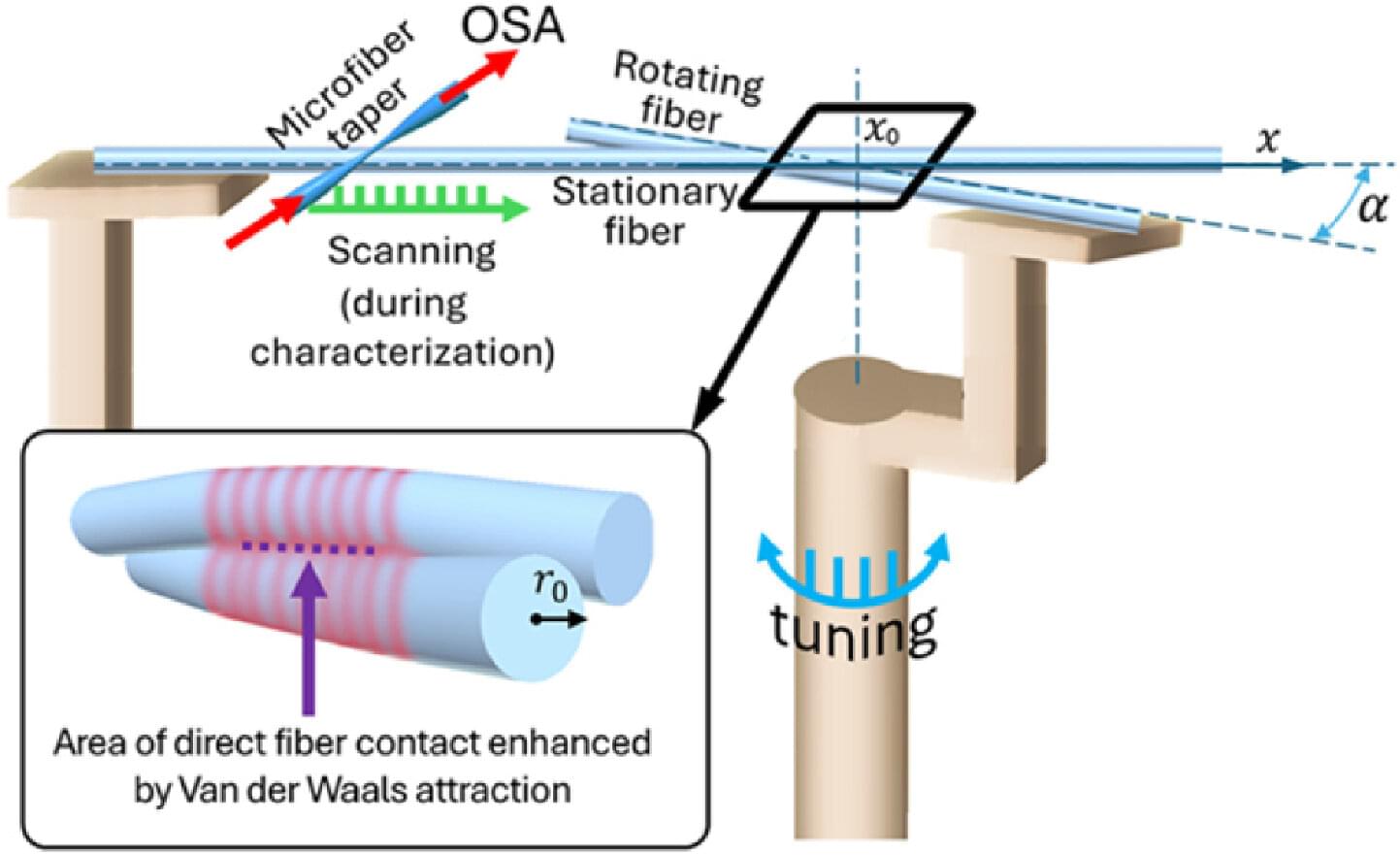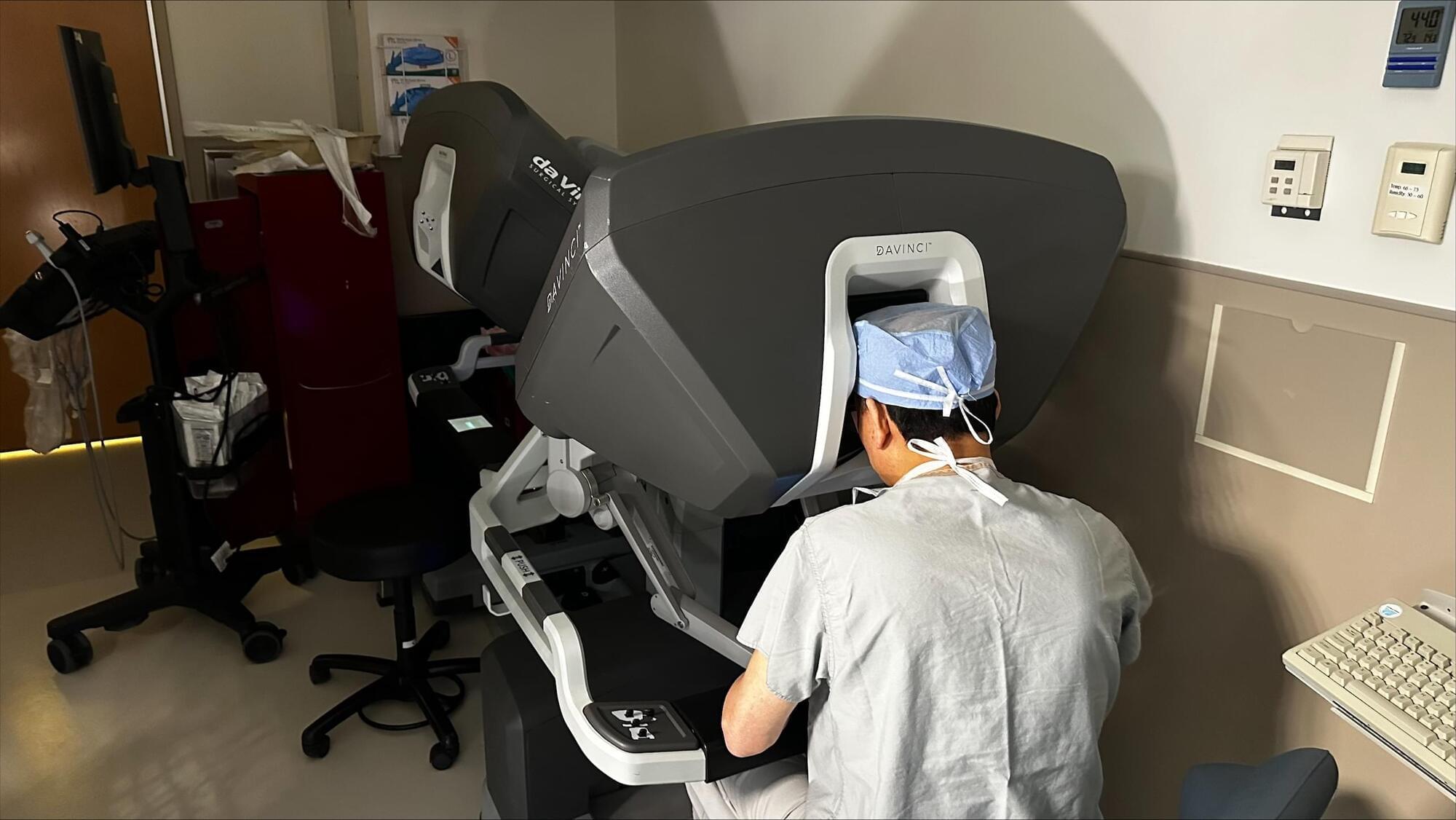Whether you are solving a puzzle, navigating a shopping center or writing an email, how well you do will not only depend on the task at hand but also on your internal cognitive state. In a new study published in Nature Communications, researchers at the Ernst Strüngmann Institute in Frankfurt have now shown that such cognitive states can be identified from facial expressions—and can even be used to accurately predict how quickly and successfully a task will be solved.
What’s more, this works across species—more specifically, macaques and mice. In both species, facial expressions not only express emotional states, but also latent cognitive processes in a measurable way.









